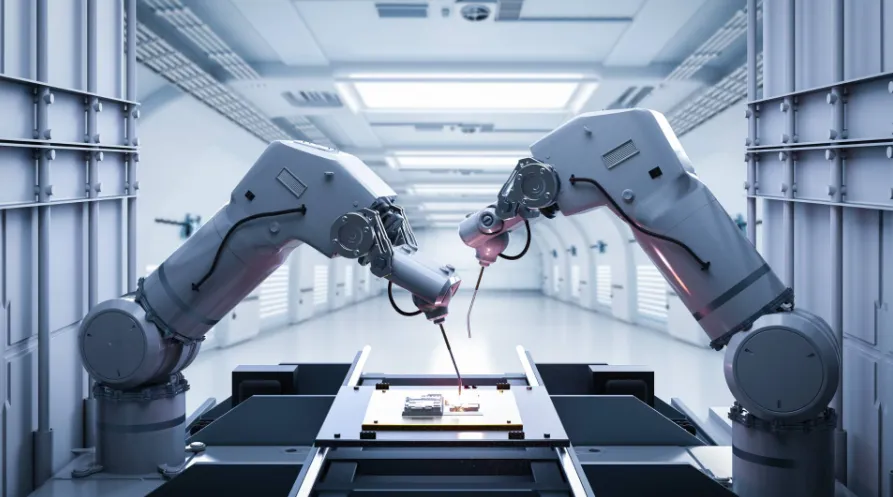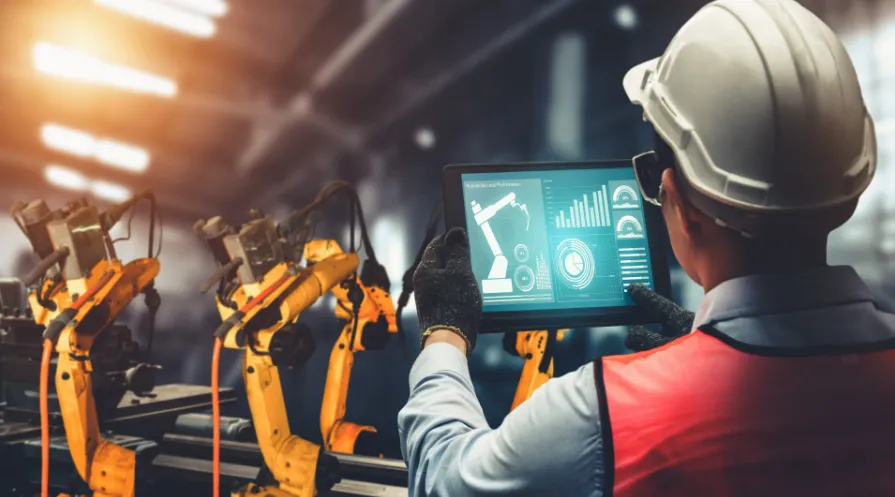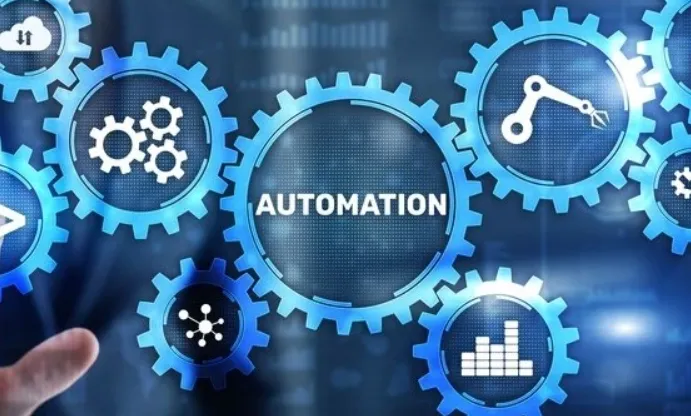Automation isn’t just about machines replacing human labor—it’s a fundamental shift in how we approach tasks, blending mechanics, computing, and decision-making to streamline processes that once demanded constant human oversight. At its core, automation involves programming systems to execute repetitive or complex actions with minimal intervention, whether in a factory assembling cars or a smart thermostat adjusting your home’s temperature.

The concept isn’t new—mechanical looms in the 18th century automated textile production—but modern automation integrates sensors, software, and robotics to achieve far more than simple repetition. Today, industrial robots weld car frames with sub-millimeter precision, guided by vision systems that detect imperfections in real time. Meanwhile, in offices, software bots scrape through spreadsheets, reconciling data faster than any human accountant while flagging anomalies for review.

What makes automation truly transformative is its adaptability. Machine learning algorithms now enable systems to refine their own operations, like a CNC machine adjusting cutting paths based on tool wear or a logistics AI rerouting deliveries around traffic delays. Even in unpredictable environments—say, picking ripe strawberries without bruising them—automation finds solutions through force-sensitive grippers and hyperspectral cameras.
Critically, automation doesn’t always mean eliminating human roles. In hospitals, robotic surgical systems augment a surgeon’s precision, translating hand movements into micro-scale incisions. On factory floors, collaborative robots (cobots) work alongside people, handling heavy lifting while workers focus on quality checks. The technology’s real value emerges when it handles the tedious, dangerous, or impossibly precise tasks—freeing humans for creative problem-solving.

The next frontier lies in autonomous systems that make judgment calls. Self-optimizing production lines that tweak parameters for energy efficiency, or agricultural robots distinguishing weeds from crops before spraying—these aren’t pre-programmed routines but systems reacting to dynamic environments. As automation grows more sophisticated, its impact expands beyond efficiency, reshaping entire industries and redefining what humans and machines do best together.




